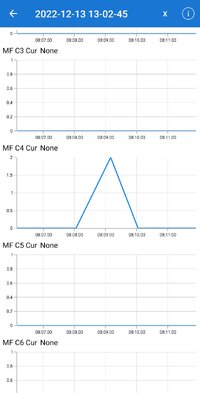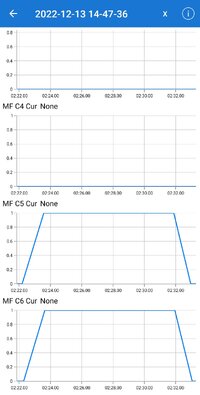Combustion is dependant on these three things: air, fuel and spark. Lets go over each one.
Air: pretty simple, if it's getting the proper amount in the cylinder with the intake valve opening, it's good. If it's getting too much, it may not fire. Check for a vacuum leak but for a misfire, it would be a pretty big hole to just that one cylinder and would likely affect others.
Fuel: Verify proper amount of fuel is getting in the cylinder. With a misfiring cylinder, the spark plug should be wet with fuel or completely dry if it's a lack of fuel.
Spark: Verify there is an actual spark.
Using a spark tester (and not just using the spark plug outside the cylinder due to possibility of fire), verify that there is a spark. It could be a wiring issue to the coil rather than an issue with the coil itself.
If all that checks out, then just remember the following for the above to use those elements: suck, squeeze, bang, blow.
Suck: Is the engine able to suck in the air/fuel mix into the cylinder. Are the valves opening and closing properly?
Squeeze: Is the engine compressing the mix?
Bang: Is the engine able to ignite the compressed mix?
Blow: Is the engine able to blow the exhaust out the exhaust valve after combustion?
For these, a compression test will tell all. Do all the cylinders to compare to the good cylinders. Remove the fuel pump relay while doing the test and use a jumper wire at the starter relay to crank it.
Go from your results.




